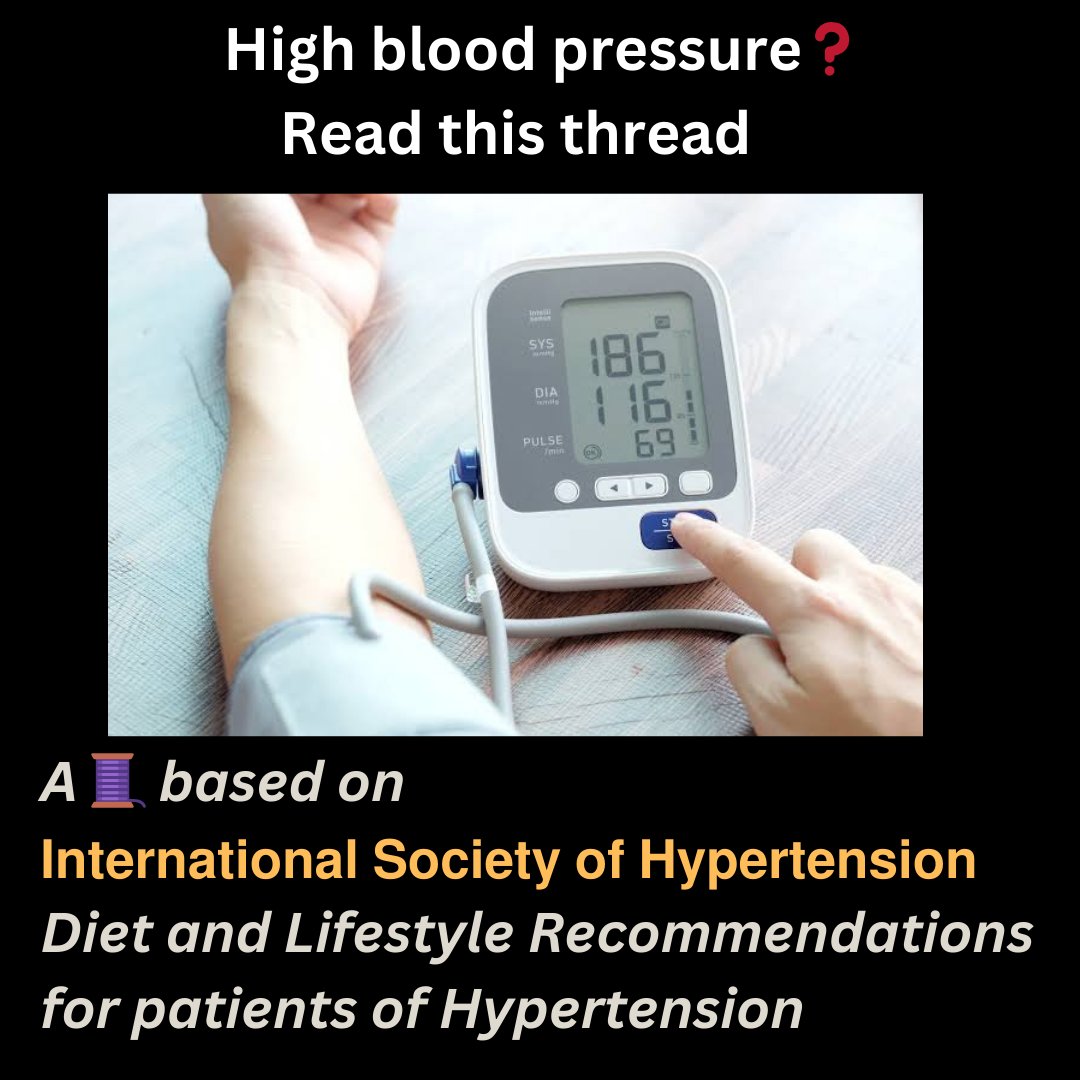The 𝗙𝗹𝗲𝗶𝘀𝗰𝗵𝗻𝗲𝗿 𝘀𝗶𝗴𝗻 is a prominent central artery that can be caused either by pulmonary hypertension or by distension of the vessel by a large pulmonary embolus seen on chest x ray. 

𝗛𝗮𝗺𝗽𝘁𝗼𝗻 𝗵𝘂𝗺𝗽 refers to a dome-shaped, pleural-based opacification in the lung most commonly due to pulmonary embolism and lung infarction (it can also result from other causes of pulmonary infarction (e.g. vascular occlusion due to angioinvasive aspergillosis) 

𝗪𝗲𝘀𝘁𝗲𝗿𝗺𝗮𝗿𝗸 𝘀𝗶𝗴𝗻: Focal Oligaemia
The focal area of increased translucency due to oligaemia is caused by impaired vascularisation of the lung due to primary mechanical obstruction or reflex vasoconstriction.
The focal area of increased translucency due to oligaemia is caused by impaired vascularisation of the lung due to primary mechanical obstruction or reflex vasoconstriction.

The 𝗞𝗻𝘂𝗰𝗸𝗹𝗲 𝘀𝗶𝗴𝗻 refers to the abrupt tapering or cutoff of a pulmonary artery secondary to a pulmonary embolus (PE).
This is an important ancillary finding in pulmonary embolism, and often associated with the Fleischner sign of dilated central pulmonary arteries.
This is an important ancillary finding in pulmonary embolism, and often associated with the Fleischner sign of dilated central pulmonary arteries.

𝗣𝗮𝗹𝗹𝗮's 𝘀𝗶𝗴𝗻 :
Clinical sign in which an enlarged right descending pulmonary artery is seen on the chest x-ray in patients with pulmonary embolism
Clinical sign in which an enlarged right descending pulmonary artery is seen on the chest x-ray in patients with pulmonary embolism

𝗖𝗵𝗮𝗻𝗴 𝘀𝗶𝗴𝗻 on CXR describes a dilated left or right descending pulmonary artery with an abrupt change in calibre, with an amputated appearance.
This sign is most commonly associated with with pulmonary infarction and pulmonary hypertension following pulmonary embolism
This sign is most commonly associated with with pulmonary infarction and pulmonary hypertension following pulmonary embolism
• • •
Missing some Tweet in this thread? You can try to
force a refresh




















